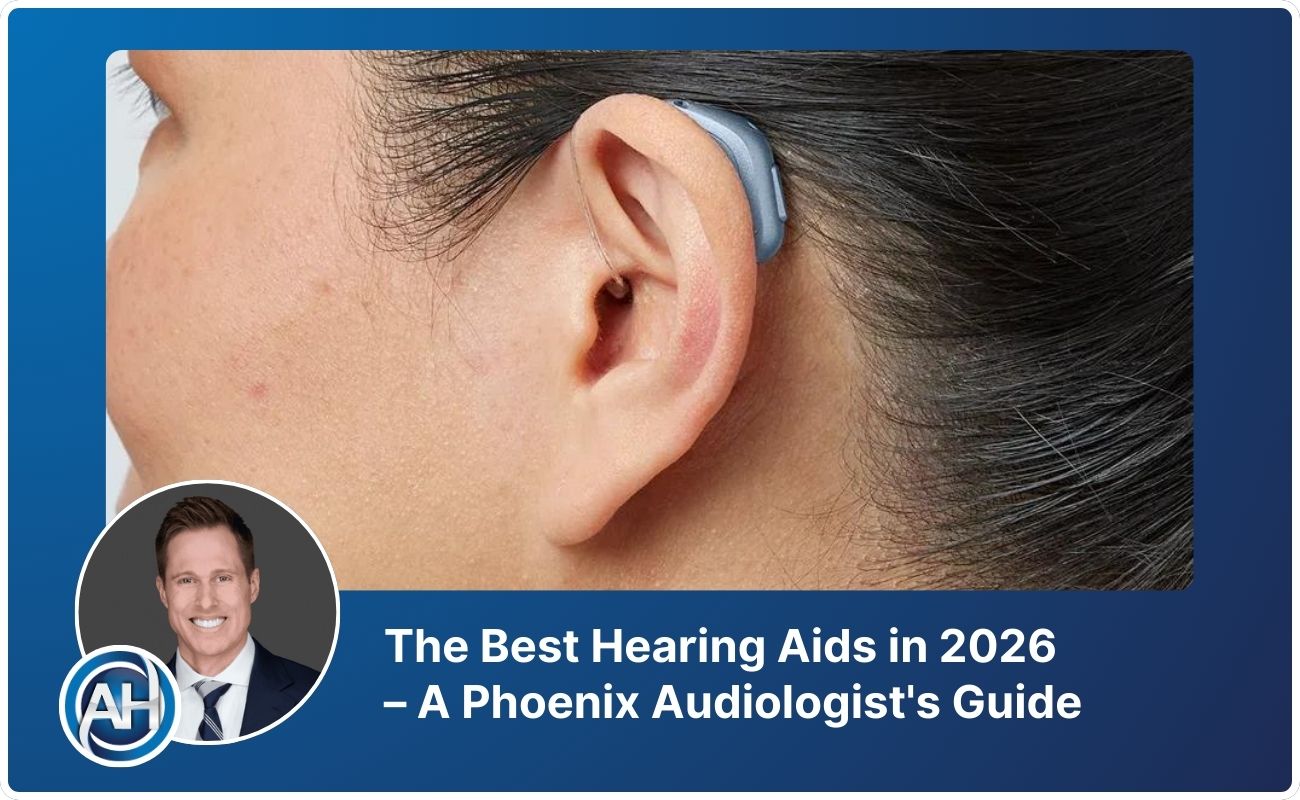.png)
A cure for hearing loss? They're working on it!
FX-322 helps renew only the cochlea's very high-frequency hair cells. Because FX-345 is designed to penetrate much deeper into the cochlea, it may stimulate progenitor cells at much lower frequency ranges. As exciting as this all sounds, we'll have to wait for the results of clinical trials to discover if these medications are effective in restoring hair cell function and, in turn, enhancing hearing.
Integrate your CRM with other tools
Lorem ipsum dolor sit amet, consectetur adipiscing elit lobortis arcu enim urna adipiscing praesent velit viverra sit semper lorem eu cursus vel hendrerit elementum morbi curabitur etiam nibh justo, lorem aliquet donec sed sit mi dignissim at ante massa mattis.
- Neque sodales ut etiam sit amet nisl purus non tellus orci ac auctor
- Adipiscing elit ut aliquam purus sit amet viverra suspendisse potenti
- Mauris commodo quis imperdiet massa tincidunt nunc pulvinar
- Adipiscing elit ut aliquam purus sit amet viverra suspendisse potenti
How to connect your integrations to your CRM platform?
Vitae congue eu consequat ac felis placerat vestibulum lectus mauris ultrices cursus sit amet dictum sit amet justo donec enim diam porttitor lacus luctus accumsan tortor posuere praesent tristique magna sit amet purus gravida quis blandit turpis.

Techbit is the next-gen CRM platform designed for modern sales teams
At risus viverra adipiscing at in tellus integer feugiat nisl pretium fusce id velit ut tortor sagittis orci a scelerisque purus semper eget at lectus urna duis convallis. porta nibh venenatis cras sed felis eget neque laoreet suspendisse interdum consectetur libero id faucibus nisl donec pretium vulputate sapien nec sagittis aliquam nunc lobortis mattis aliquam faucibus purus in.
- Neque sodales ut etiam sit amet nisl purus non tellus orci ac auctor
- Adipiscing elit ut aliquam purus sit amet viverra suspendisse potenti venenatis
- Mauris commodo quis imperdiet massa at in tincidunt nunc pulvinar
- Adipiscing elit ut aliquam purus sit amet viverra suspendisse potenti consectetur
Why using the right CRM can make your team close more sales?
Nisi quis eleifend quam adipiscing vitae aliquet bibendum enim facilisis gravida neque. Velit euismod in pellentesque massa placerat volutpat lacus laoreet non curabitur gravida odio aenean sed adipiscing diam donec adipiscing tristique risus. amet est placerat.
“Nisi quis eleifend quam adipiscing vitae aliquet bibendum enim facilisis gravida neque velit euismod in pellentesque massa placerat.”
What other features would you like to see in our product?
Eget lorem dolor sed viverra ipsum nunc aliquet bibendum felis donec et odio pellentesque diam volutpat commodo sed egestas aliquam sem fringilla ut morbi tincidunt augue interdum velit euismod eu tincidunt tortor aliquam nulla facilisi aenean sed adipiscing diam donec adipiscing ut lectus arcu bibendum at varius vel pharetra nibh venenatis cras sed felis eget.
When it comes to good hearing, our hair cells are essential. Our hearing organ in our inner ear is known as the cochlea, and within this organ the hair cells. These are calibrated to respond to various sounds based on their pitch or frequency. High-pitched noises activate hair cells in the lower cochlea, while low-pitched sounds stimulate hair cells in the upper cochlea.
Because the vast majority of hearing losses are caused by damaged inner and outer hair cells inside the cochlea, if you could regenerate these dead hair cells, the normal cochlear function would be restored.
That is the basis for a number of hearing loss cures currently being tested by the scientists at Frequency Therapeutics. I made several videos a few years ago on their first effort, which was called FX-322. FX-322 is the name of a type of molecular therapy in which different chemicals are used to trigger cells inside the human cochlea to grow new hair cells. Frequency Therapeutics is still conducting additional clinical trials for their FX-322 drug to investigate if a single dosage administration would result in considerable hearing improvement.
A new drug that could cure the hearing loss that hearing aids cannot treat
Frequency Therapeutics ambitions go beyond FX-322. They've also developed a new medicine called FX-345 that aims to target more of the cochlea's hair cells. Each of our cochlea contains roughly 15,000 hair cells when we are born. These hair cells can be damaged over time due to aging, noise exposure, chemical exposure, head trauma, and even viral attacks. The bad news is that these hair cells can not regenerate independently, so once they've been damaged, they're permanently damaged. Eventually, you'll get sensorineural hearing loss, the most prevalent type of hearing loss.
Hearing aids that are properly fitted and programmed can successfully treat this hearing loss by enhancing audibility if most of the damage is done to the outer hair cells. Even if the sounds are made more audible, the inner hair cells will not safely transmit that audibility to the brain. If the inner hair cells have sustained the most damage, properly fitted and programmed hearing aids don’t work as well. The problem that Frequency Therapeutics aims to remedy with their FX-322 and FX-345 medications is the human ear's inability to restore these damaged hair cells.
How do these drugs work?
FX-322 and FX-345 are injected into the middle ear space through the eardrum, where they form a gel on the cochlea's round window membrane. The tiny molecules within these two drug formulations travel through the round window membrane and into the cochlea. These chemicals are intended to encourage the 'progenitor' cells in the cochlea to renew hair cells. It's worth noting that these progenitor cells are already present in your cochlea. These substances aim to wake up these latent progenitor cells to accomplish what they were created to do: generate hair cells.
What makes FX-345 different from FX-322?
FX-322 helps renew only the cochlea's very high-frequency hair cells. Because FX-345 is designed to penetrate much deeper into the cochlea, it may stimulate progenitor cells at much lower frequency ranges. When it comes to hair cell regeneration, FX-345 is designed to reach more of these regenerative chemicals considerably deeper into the cochlea, which, if successful, might make FX-345 far more effective than FX-322. As exciting as this all sounds, we'll have to wait for the results of clinical trials to discover if these medications are effective in restoring hair cell function and, in turn, enhancing hearing.
Even as someone who has a financial interest in the success of hearing aids, I also hope that this drug is a success. Hearing aids could be far more helpful in treating hearing loss if there is a way to increase inner hair cell function inside the cochlea, as we discovered in phase 1 clinical trials for FX-322.
Only a matter of time before a working cure is found.
I believe it is only a matter of time before scientists develop a molecular compound that can cure hearing loss. Is FX-322 or FX-345 going to be the hearing loss remedy we've been waiting for, or will we have to wait even longer? The clinical trials conducted on these two medications will answer this question.
So, when are these clinical trials going to take place? According to clinicaltrials.gov, Frequency Therapeutics is now enrolling participants in phase 2 FX-322 research for people with sensorineural hearing loss, noise-induced hearing loss, and sudden hearing loss.
For now, hearing aids remain your best option.
It's hard to say whether or not any of these treatments can cure hearing loss in the near term, so the best thing you can do is treat your hearing loss with whatever therapy options are currently available. The best treatment currently available for most types of hearing loss is hearing aids. When getting hearing aids, it's also important to use an Audiologist that follows Best Practice fitting procedures to ensure the best possible outcome. Then, if and when a cure for hearing loss becomes available, your brain will have already been processing consistent auditory information. This work will keep the brain sharp and ready to work with the new hair cells.
Supplemental video: Cure for Hearing Loss, Part 1
Further reading: Hearing Loss Resources for Phoenix residents




